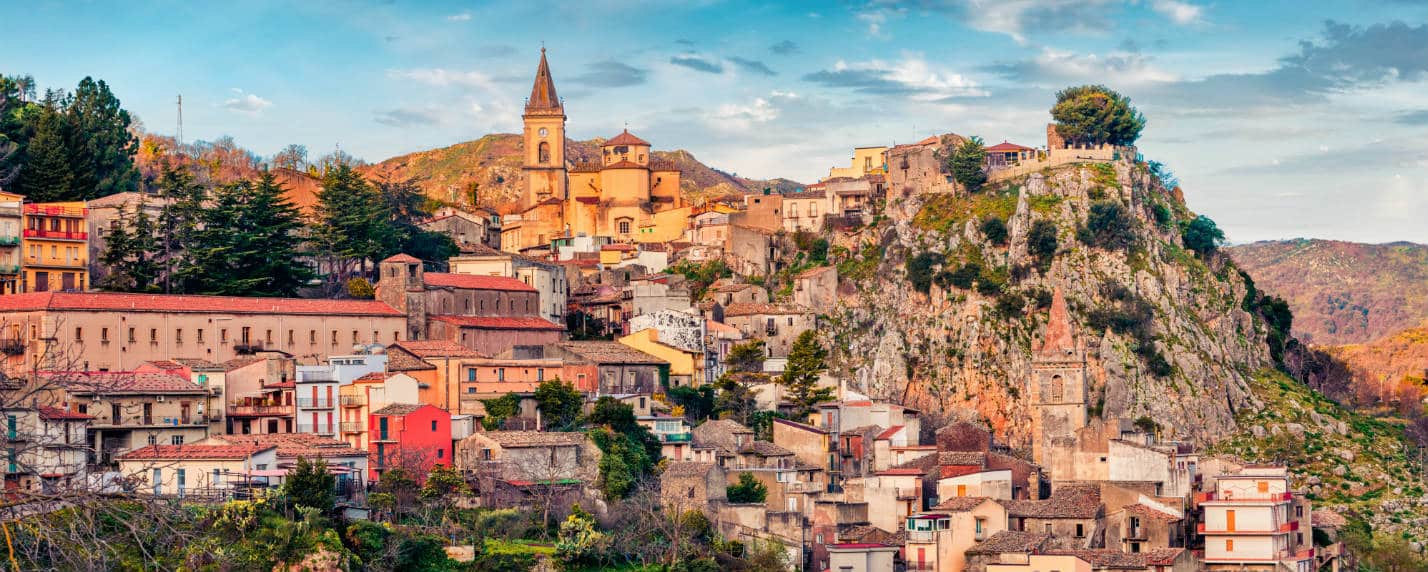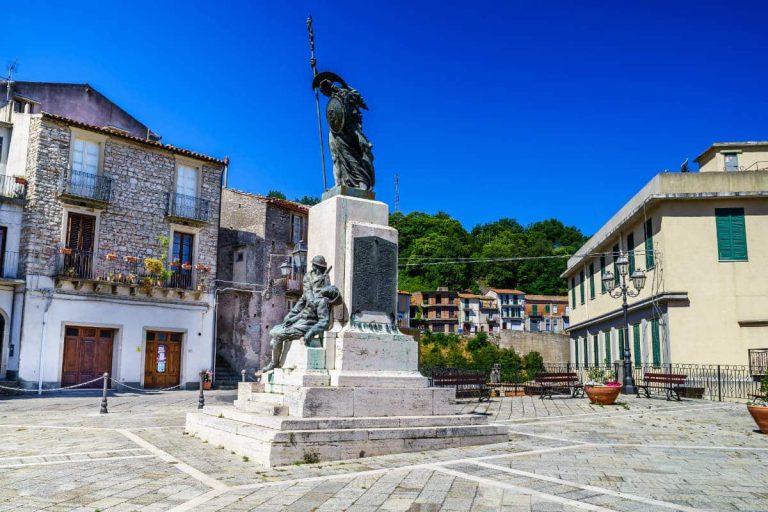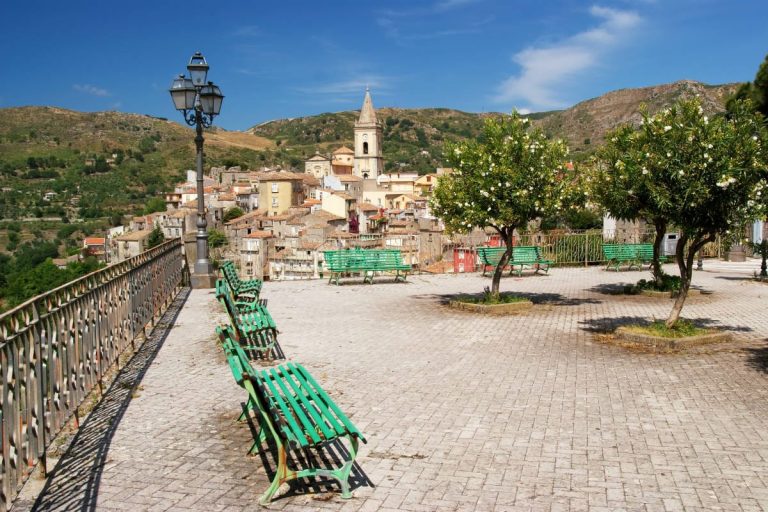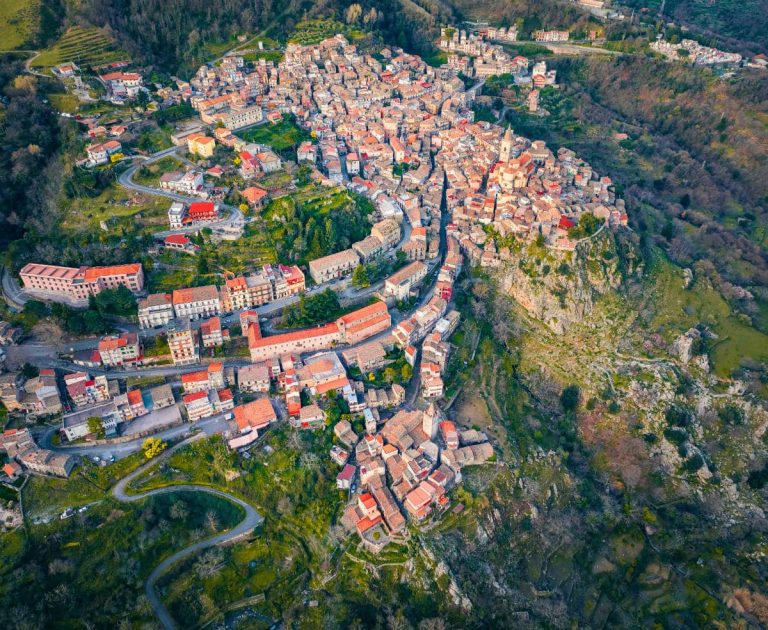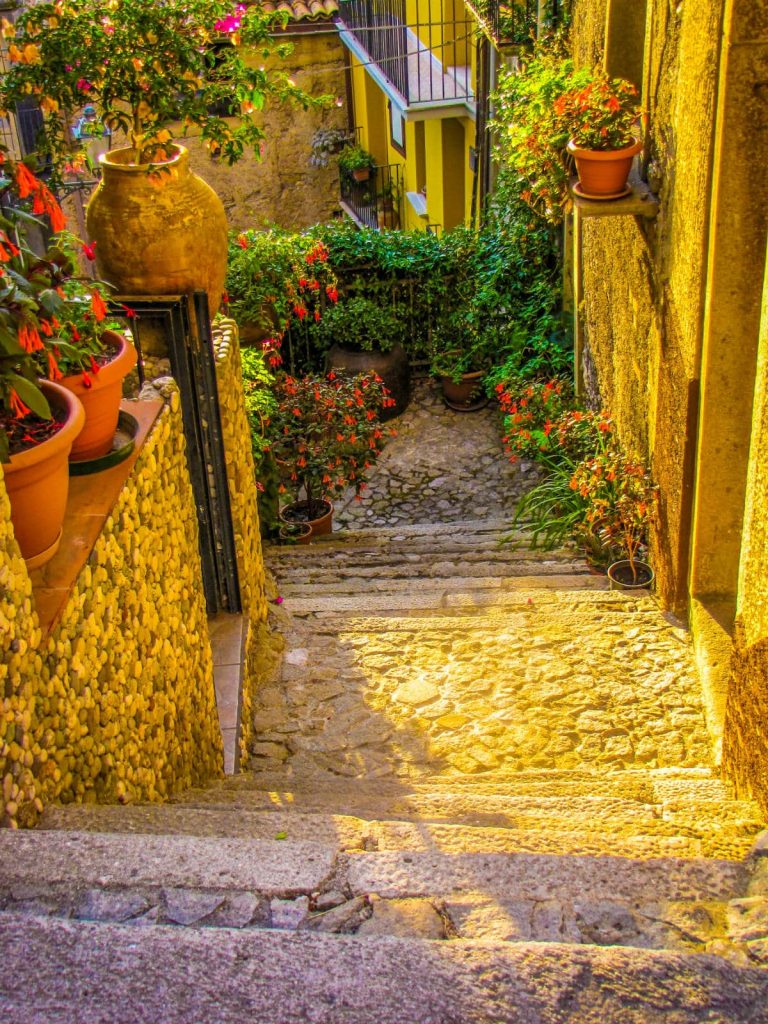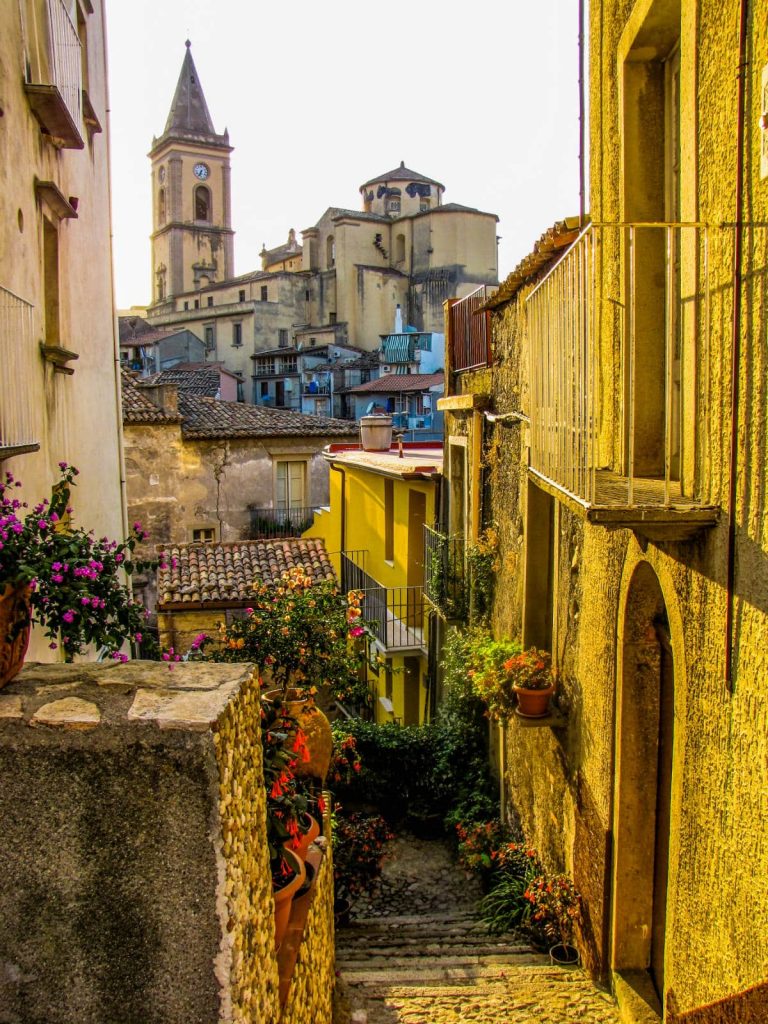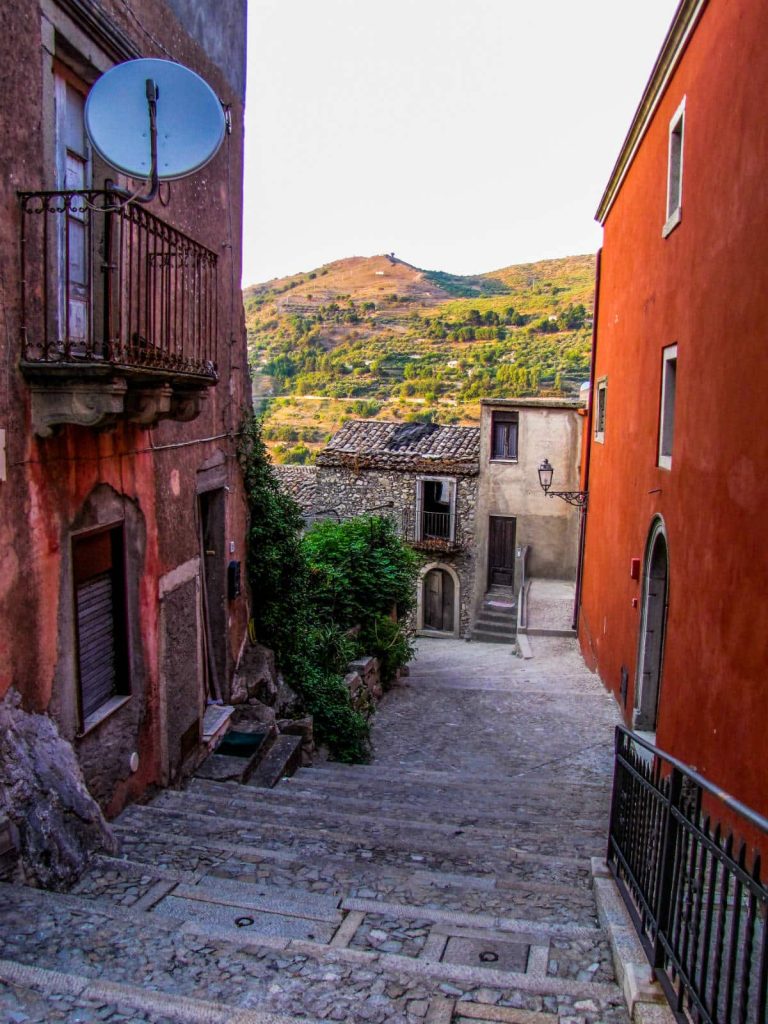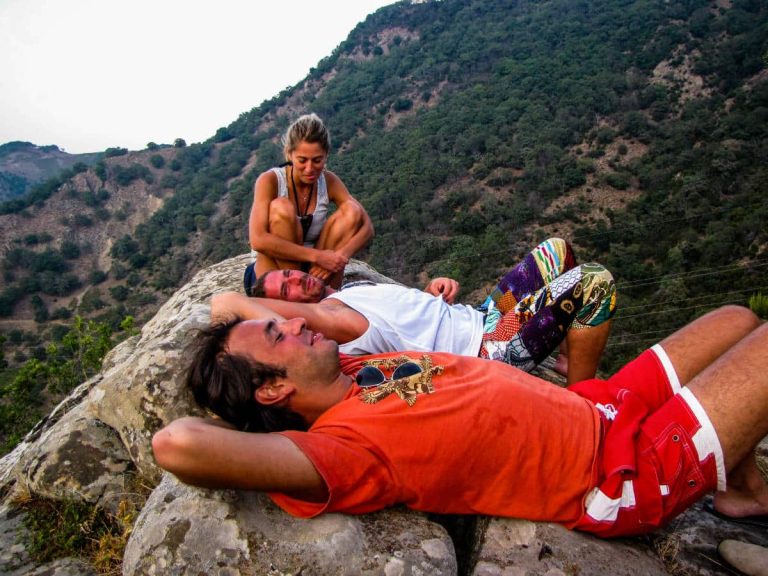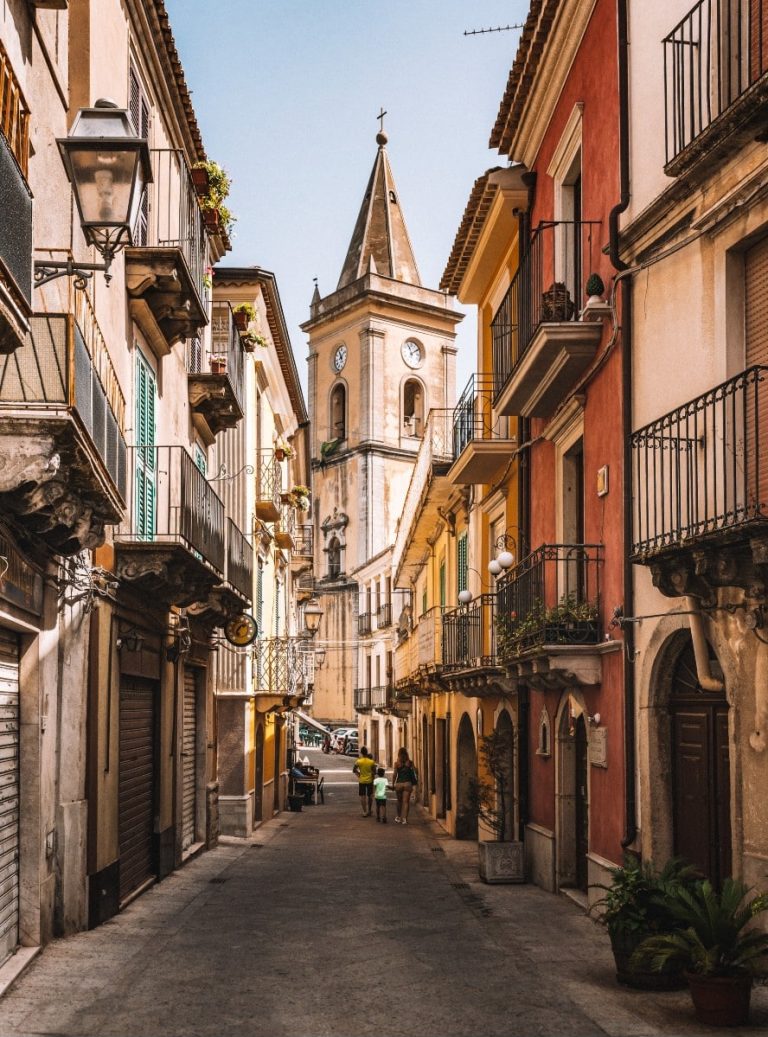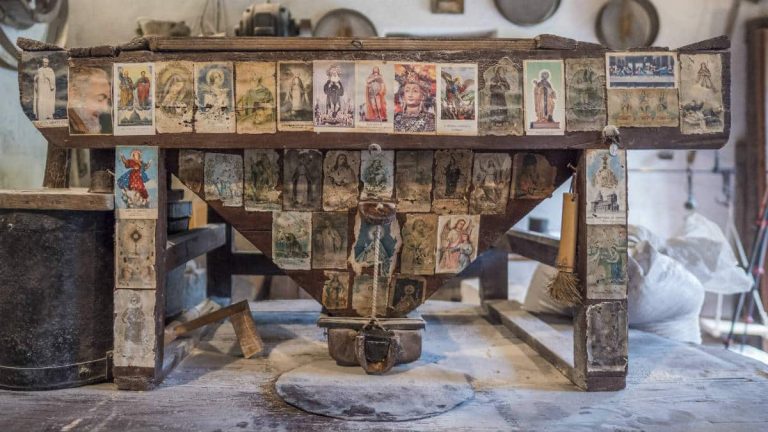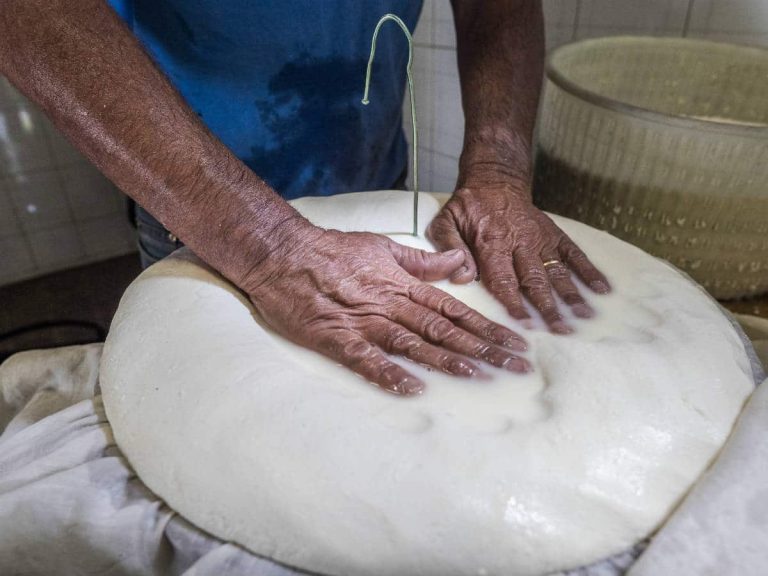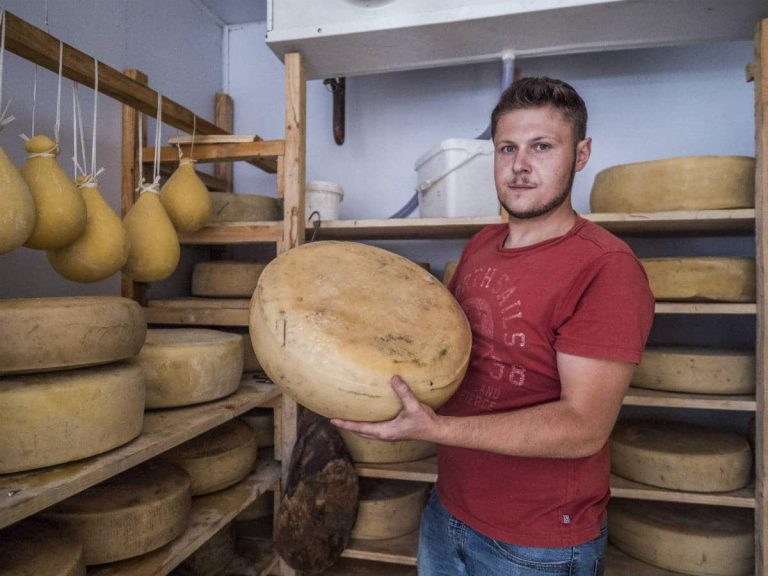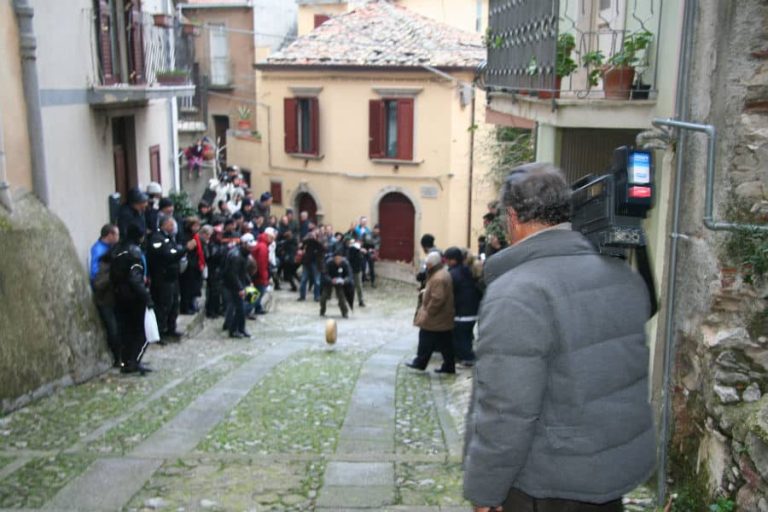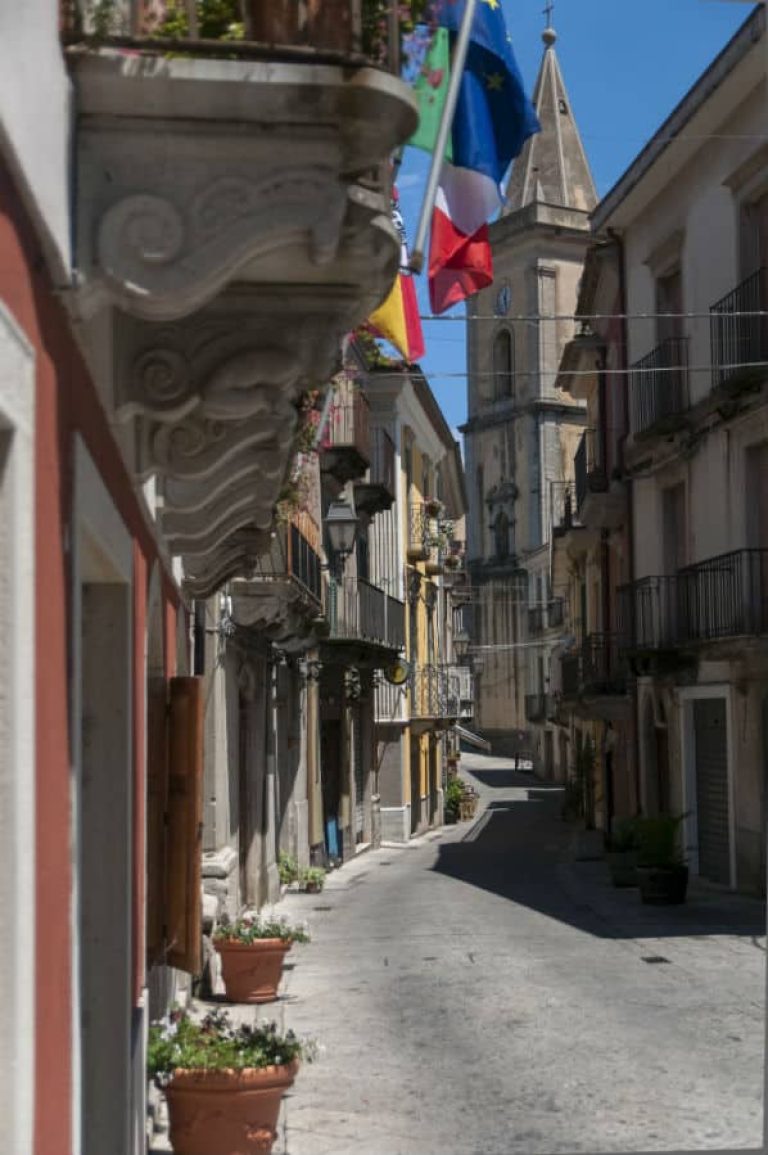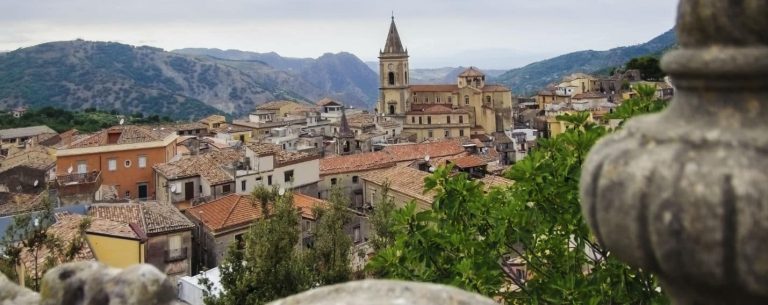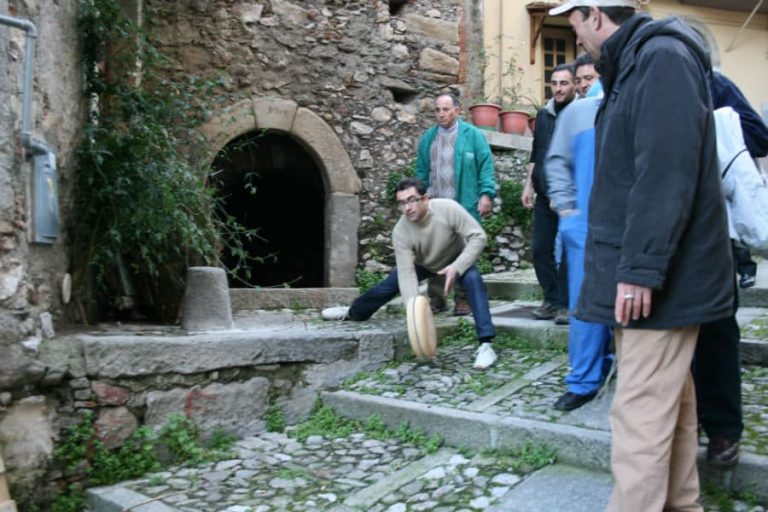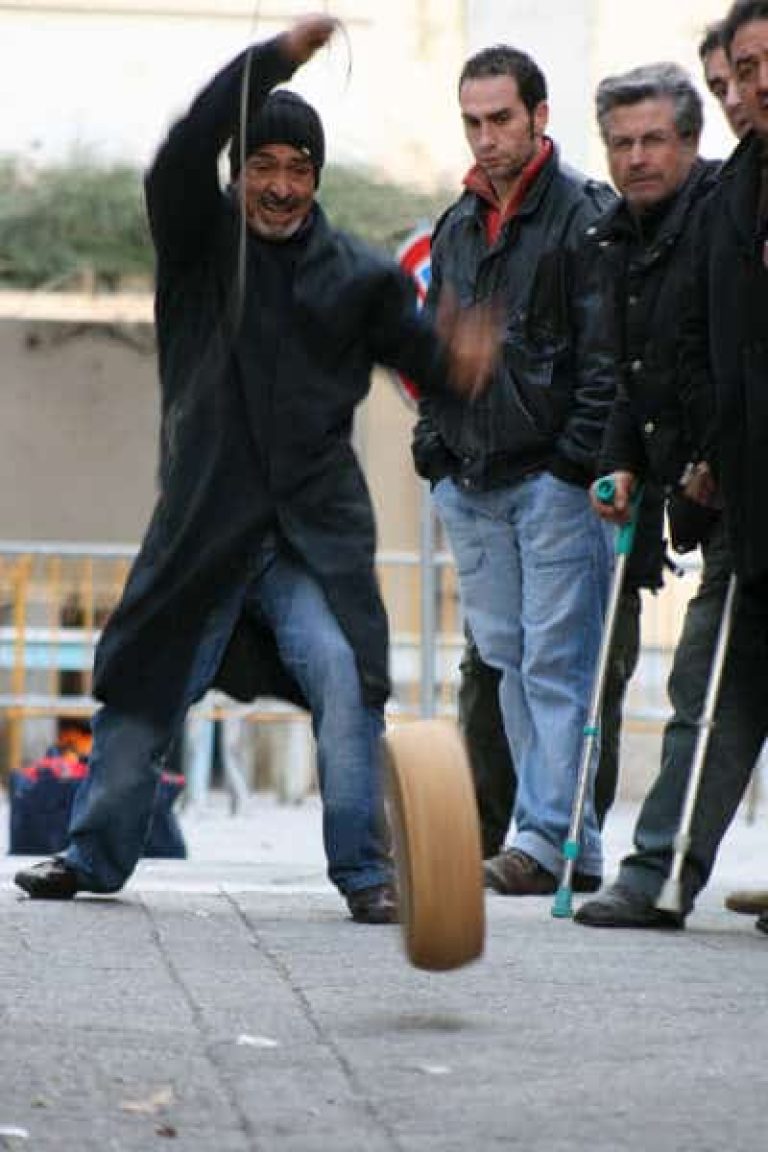Situated on the border between the Peloritani and Nebrodi mountains, in a breathtaking mountainous landscape of northeastern Sicily, Novara di Sicilia is a village steeped in thousands of years of history, architectural beauty, and ancient charm. From the top of the village, on clear days, the view reaches as far as the Aeolian Islands, in a setting where time seems to stand still.
Ancient origins and unique dialect
The village has roots going back to the Mesolithic period, evidenced by finds in the Casalini district and dwellings carved into the rock of Sperlinga. The ancient Roman city of Noa, mentioned by Pliny the Elder, is the historic core of Novara. In the 9th century the Saracens built a castle that began the modern urban settlement, later enhanced by the Normans with the arrival of Lombard and Provençal settlers who brought with them a Gallo-Italic idiom still spoken in the town.
A village carved in stone
The historic center of Novara is a stone masterpiece: paved alleys, arches, small squares and ornate facades reveal the medieval soul of the town. Houses and religious buildings are mainly built of local sandstone, while fine architectural details are also carved in the characteristic red cipolin, a prized stone of the area. The tradition of stonemasons, passed down through generations, has deeply marked the urban landscape, making it unique.
Monuments and spirituality
Among the must-sees: The Cathedral of Santa Maria Assunta, a majestic Renaissance building with a sandstone facade and elegant interior. The Church of San Francesco, dating from the 13th century, is the oldest in the village and is distinguished by its sobriety and simple lines. The Abbey of Santa Maria La Noara, a few kilometers from the center, is the first Cistercian building in Sicily, founded in 1171 by St. Hugh at the behest of Roger II: a jewel of Romanesque sobriety and spirituality. The ruins of the Saracen Castle stand on a panoramic cliff overlooking the valley and offer unparalleled views of the Tyrrhenian Sea.
Folk traditions and strong flavors
Novara di Sicilia is famous for the Torneo del Maiorchino (Tournament of the Maiorchino), a carnival competition that features a large aged sheep's milk cheese thrown down the village slopes. This event, dating back to the 17th century, combines games, folklore and gastronomy, culminating in tastings of typical products such as:
-Tomato macaroni with grated Majorcan
-Traditional pasta 'ncasciata with meat sauce, meatballs, eggplant, eggs and breadcrumbs
-I frittui, a triumph of pork meats
The poor and hearty recipe of lempi e trori, a dish made with legumes and grains
Between nature and spirituality
The village is also perfect for trekkers, with scenic routes to Rocca Salvatesta, also called "the Matterhorn of Sicily" because of its pointed shape and its 1340-meter height. The surrounding environment is rich in hazelnut groves, forests and natural beauty, the protagonists of the Hazelnut Festival held in October.
A village to experience
Novara di Sicilia is more than a village: it is a journey through time, among carved stone and ancient traditions that still enliven its squares. It is a small world where historical memory, dialect, cuisine and landscape come together in rare harmony. And for those looking for authenticity, silence and culture, this village-among the most beautiful in Italy-is a must-see stop in lesser-known but deeply fascinating Sicily.

